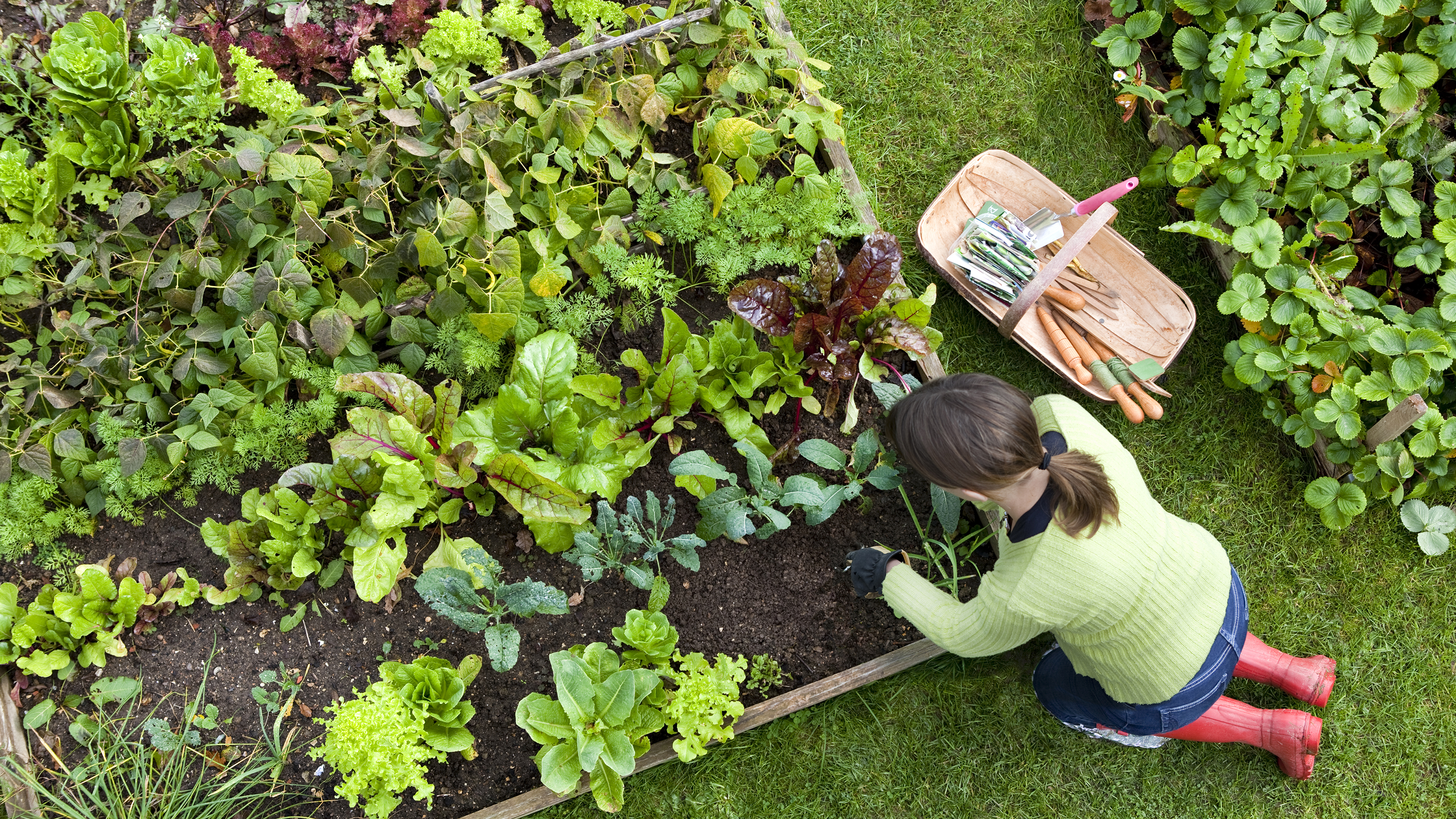Pros And Cons Of Raised Bed Gardening
Raised beds can be convenient and helpful for many gardeners, but there can be disadvantages if one doesn’t think ahead.


Is raised-bed gardening the right choice for you? Whether you're putting in a new veggie patch or revamping an existing garden, you may be contemplating the advantages and disadvantages of raised garden beds. Some gardeners swear by them, but raised beds are not right for everyone.
Pros and Cons – Raised Garden Beds
Raised garden beds are often seen in community and school gardens. These can be installed in areas with poor soil or on top of pavement. Plus, it's easy to assign raised beds to individuals or classrooms. Many home gardeners have adopted this style of gardening for the benefits it provides.
Why use raised garden beds?
- Fast track to quality soil – It can take years to amend rocky or clay-based garden soil. With raised beds, there is no need to wait. Once the boxes are installed, the beds can be filled with a quality soil mix.
- Longer growing season – Raised beds warm up quicker in the spring and drain faster. This means planting earlier for a longer growing season.
- Less soil compaction – With no foot traffic to compress the soil, compaction is kept to a minimum. This provides a looser growing medium for root veggies and makes it easier to prepare the soil for planting.
- Less equipment – There is no need for a rototiller or tractor. The soil in raised beds can be worked up with a hand cultivator or spade.
- Improved garden accessibility – Planting, maintaining and harvesting a raised bed garden requires less bending and kneeling on the ground. Plus, the height or width of the boxes can be adjusted to accommodate the needs of the gardener.
- Aesthetics – Raised beds can be an attractive garden feature in the backyard. They lend a neat and orderly design that is ideal for small spaces. Plus, raised beds make it easy to maximize vegetable yields by implementing interplanting, succession and vertical gardening methods.
Disadvantages of Raised Beds
- Cost – Raised-bed gardening requires an initial investment to build boxes and fill them with quality soil. Additionally, boxes constructed of wood have a limited lifespan. Pine generally lasts 4 to 5 years, while boxes constructed with hardwood can last up to 20 years.
- Harder to prepare – Raised beds require manual labor to prepare the soil for planting, while a rototiller or tractor can be used to work up an in-ground garden.
- Permanent construction – Raised bed boxes are a more permanent backyard feature than an in-ground garden. In order to return the area to lawn, the boxes would need to be dismantled and the soil leveled or removed.
- Require more frequent irrigation – Raised beds dry out quicker, especially in full sun locations. Garden veggies will require more frequent watering and gardeners may need to invest in an irrigation system.
- Increased disease pressure – Rotating crops is more difficult with a raised bed system. This can result in losses from disease elements and invertebrate pests.
Now that you know the raised garden bed pros and cons, you can decide if this gardening style is right for you.
Gardening tips, videos, info and more delivered right to your inbox!
Sign up for the Gardening Know How newsletter today and receive a free copy of our e-book "How to Grow Delicious Tomatoes".

Laura Miller has been gardening all her life. Holding a degree in Biology, Nutrition, and Agriculture, Laura's area of expertise is vegetables, herbs, and all things edible. She lives in Ohio.